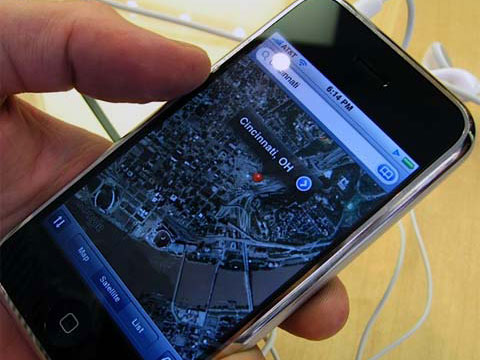Global Positioning System or GPS is one of the things that we don’t appreciate as much as it deserves. It is one of the hidden things in a smartphone that makes the total experience come together. And it can not only be used to find ways in case you are lost. In fact, it does much else.

Remember the frequency part that is many times described in phone specs? Well, that is because a phone is like a two- way radio which sends and receives signals. Every cellphone contains a small time transmitter that communicates with the nearest tower. Once you start moving from one tower to another, your signal strength rises and diminishes (As shown in those bars on your phone you always ignore). Well that is kind of sort of akin to GPS.
Even if you don’t use a phone with a fancy GPS receiver, you can still get to know your position due to this continuous exchange of signals. Anyways that is the gist of how GPS works. On to what it does. GPS in today’s time is quite valuable. It does a variety of stuff from finding ways, helping you update your location on social networks, give you access to location based apps such as the weather app to even tracking your phone down. Applications like Find My iPhone have demonstrated in the past just how valuable GPS in phones really is.
The availability of GPS bang on your phone has made depending upon navigation systems from Tom Tom and Garmin a thing of the past. One of the ‘revolutionaries’ as far as GPS in phones is concerned is Google. It has combined the Android experience with its own experience with Google Earth and Google Maps to create, as far as we know the best thing in smartphones. The best part though is that it is free and even offers you with turn-by-turn traffic updates!
“Obviously we like the price of free, because consumers like that as well”, Google’s Eric Schmidt was quoted as saying about its service.
One of the most recent things in the world of phone’s GPS is that Google has updated Google Earth. It is now compatible with devices with processors such as the Tegra 2.
